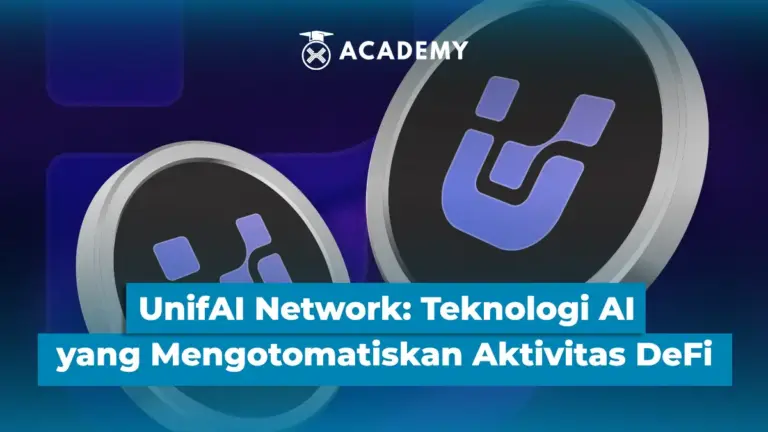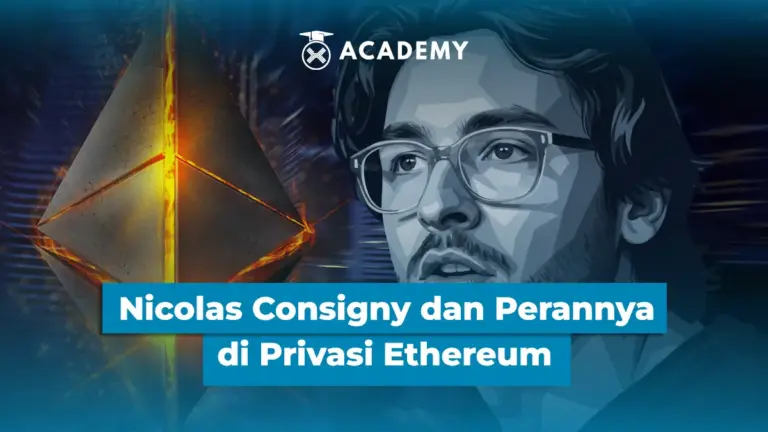Many people think that Bittensor and Render are two artificial intelligence-based crypto projects that compete directly with each other. However, they have fundamental differences in function, approach, and development direction.
So, before deciding to invest in Bittensor’s $TAO token or Render Network’s $RNDR, it’s important to first understand their primary purpose, working mechanisms, and role in the AI and blockchain ecosystem.
What Are Bittensor and Render?
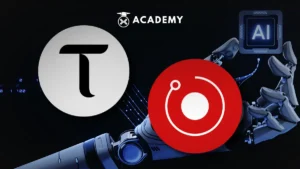
Bittensor (TAO) and Render (RNDR) are both well-known AI crypto projects, but they have very different goals and operating systems.
Bittensor is a decentralized protocol for AI model training and inference, built on a Layer-1 network called Subtensor using Polkadot Substrate.
TAO tokens are used for staking, delegation, transaction fee payments, subnet creation, and participation in network governance through the “Senate” system.
With a maximum supply of 21,000,000 tokens, Bittensor implements a halvening cycle to control emissions. Its primary function is to incentivize AI model providers who contribute to the network openly.
Meanwhile, Render is a decentralized GPU network that connects computing power owners with users who need rendering services, such as digital artists, animators, and AI art developers.
The RNDR token was originally released on Ethereum and is now also available on Solana. Render uses a Burn-Mint Equilibrium model, where tokens are burned upon use and minted again as rewards to service providers.
RNDR is also used to pay for transactions and supports network governance through Solana’s new voting system.
Architecturally, Bittensor is based on an independent blockchain, while Render relies on the infrastructure of Ethereum and Solana.
Their primary objectives are also different, as TAO encourages the production of artificial intelligence, while RNDR supports GPU-based visual rendering.
Core Functions: Machine Learning vs. GPU Rendering
Bittensor focuses on developing a community-driven artificial intelligence network. This network is designed to allow anyone to train, share, and evaluate AI models openly.
Through TAO token-based incentives, Bittensor encourages participation throughout the entire AI development cycle, from model training and output validation to the formation of a subnet ecosystem.
In other words, Bittensor serves as a decentralized collaborative space for collectively building machine intelligence. Conversely, Render acts more like a decentralized GPU marketplace.
Its function is to provide GPU-based computing power to anyone who needs it, from digital artists and animation creators to AI art and 3D video developers.
Through a network of nodes, users can rent GPU capacity using RNDR tokens, while GPU providers earn incentives for the services they provide.
This technology enables rendering, which was previously expensive and limited, to become more efficient, open, and scalable.
Essentially, Bittensor encourages contributions to machine intelligence (machine learning), while Render opens broad access to visual computing power (GPU rendering).
Both serve different needs within the AI ecosystem, but both rely on crypto incentives to build a robust and participatory network.
Tokenomics & Token Utility (TAO vs. RNDR)
The fundamental difference between Bittensor and Render lies not only in their technical functionality but also in their tokenomic design.
Both demonstrate unique approaches to distributing incentives and building sustainable ecosystems.
TAO, Bittensor’s native token, is designed to encourage contributions to the development of artificial intelligence in a decentralized manner.
This token is used in a staking and delegation system, where validators must deposit TAO to gain permission to operate, while other token holders can delegate TAO to receive a share of the rewards.
Bittensor also implements a quality-based reward model, where the assessment of AI model performance, rather than simply participation, determines the incentive amount.
This ranking system encourages healthy competition and encourages higher-quality AI models within the network.
On the other hand, RNDR, the primary token of the Render Network, serves as a means of payment for GPU rendering services.
These tokens are used by users to pay for visual computing services, from 3D animation to AI-generated content, and by node operators to receive rewards.
Render implements a Burn-Mint Equilibrium (BME) mechanism, where tokens used for services are burned, while new tokens are minted as incentives for GPU power providers.
It’s also important to note that this model helps maintain a balance between supply and demand.
Both projects have token-based governance mechanisms, with Bittensor using a Senate system for subnet validators, while Render introduces a new voting system on Solana.
Usefulness of the token itself ultimately goes beyond technical functionality; it also determines the long-term value of the asset.
TAO is rooted in the value of artificial intelligence contributions, while RNDR anchors its value in the growing needs of visual computing.
Ecosystem & Strategic Partners
Bittensor is developing a subnet-based network that can be customized for various AI tasks, such as NLP and computer vision.
The community consists of data scientists, open-source developers, and machine learning contributors. Its open and technical approach has made its ecosystem vibrant and rapidly growing, especially among AI developers.
The Render Network, meanwhile, has built strong connections with the digital creative community. With the support of partners like OctaneRender and Apple Metal, the network provides decentralized GPU infrastructure for 3D rendering needs.
The digital artist community is a vital part of its ecosystem. Furthermore, migrating to Solana offers the benefits of low fees and high transaction speeds.
Fundamentally, Bittensor stands out for its thriving technical community and AI subnet, while Render is actively expanding its partner network in the creative and visual industries.
Risk & scalability
Every large project must face challenges, including Bittensor and Render Network, although both promise innovation in the fields of AI and GPU Computing.
Bittensor has complex technical architecture and tends to be less friendly to non-technical users.
In addition, an incentive -based staking and validation system opens dominance gaps by large validators, which can cause centralization to networks that should be decentralized.
On the other hand, rendering faces competitive pressures from cloud giants such as AWS and Google Cloud which are already established in providing centralized GPU services.
To remain relevant, the rendering needs to continue to offer advantages of costs, efficiency, and better user experience.
Briefly it can be said that Tao faces technical risks and centralization potential, while RNDR must compete with big players in the conventional GPU industry.
Other interesting articles for you to read; Jacob Steeves: Founder of Bittensor and AI Mobilization
Who suits invest in Tao vs Rndr?
Tao from Bittensor is suitable for those who have a deep interest in AI technology and advanced blockchain networks.
This token is more relevant for developers, researchers, or investors who believe in the long -term potential of Machine Intentralized Machine.
With features such as staking, subnet validation, and governance involvement through “senate”, Tao demands a higher technical understanding, but offers potential returns in future AI ecosystems.
On the other hand, the RNDR of the rendering network is more appropriate to be used by digital creators, visual artists, as well as rendering GPU users who require alternative cost -effective and efficient to support their production processes.
This token is also attractive to investors who want to participate in the creative economy sector because the RNDR is directly used as a means of payment for rendering services and GPU-based AI in real-time.
Both of them don’t need to be contested. In a portfolio based on decentralized technology, Tao and RNDR actually complement each other because each represents the AI side and creative infrastructure.
Prospects in the AI 2025 trend
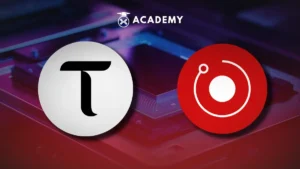
Bittensor (TAO) is part of a major experiment in creating open ai economy, where the training and evaluation process of AI models no longer depends on centralized, but open and decentralized institutions.
With subnet architecture and strong incentive mechanisms, Tao positions itself as the backbone for transparent and real contribution -based global AI collaboration.
On the other hand, Render (RNDR) presents a very relevant computing infrastructure for digital and web creative industries3.
With the GPU decentralization network and Burn-Mint Equilibrium tokenomic models, RNDR allows artists, designers, to game and metaverse industry players to access high computing power efficiently and affordable.
Both have a strategic position in the future technology landscape. In this case, Tao to encourage breakthroughs in the open AI sector and RNDR to support creative ecosystems that require high graphics performance.
Conclusion: Collaborative or competitive?
Well, that was an interesting discussion about Bittensor vs. Render: Choose AI or GPU? What you can read in full at the Crypto Academy at Indodax Academy.
In conclusion, Tao and RNDR are not direct competitors, but complement each other in building decentralized AI ecosystems.
In this case, Tao acts as a “brain”, while RNDR becomes a “eye” that visualizes ideas.
As additional information, if you are interested in investing in both, Tao and RNDR are already available in the Indodax market and can be directly purchased.
Anyway, in addition to expanding investment insights, you can also continue to update with the latest crypto news and directly monitor the movement of digital asset prices at the Indodax Market.
For a more personal trading experience, also explore our OTC trading services at Indodax. Don’t forget to activate notifications so that you always get the latest information about digital assets, blockchain technology, and various other trading opportunities only at Indodax Academy.
You can also follow our latest news through Google News to access information that is faster and more trusted. For easy and safe trading experiences, download the best crypto application from Indodax on the App Store or Google Play Store.
Also maximize your crypto assets with Indodax Earn features, a practical way to get passive income from the assets that you save.

Also follow our social media here: Instagram, X, Youtube & Telegram
FAQ
1.What’s the difference between Bittensor and Render?
Bittensor (TAO) is a decentralized AI protocol that allows anyone to train and share AI models in an open network.
While Render (RNDR) is a GPU sharing network for visual rendering such as 3D animation, AI Art, and creative projects. Bittensor focuses on machine learning, rendering to visual computing.
2.Which is more suitable for novice investors?
Render is more suitable for beginners because the utility is clearer and directly: you rent a GPU for rendering or supply GPU to be reward.
While bittensors are more complex, suitable for those who understand the concept of AI models, subnet networks, and model ranking systems.
3.Can Tao and RNDR complement each other?
Can. Bittensor focuses on training and evaluation of AI (brain) models, while rendering handles the process of intensive visualization of GPU (eye). Both can contribute to the AI Web3 ecosystem from different sides – not direct competitors, but complementary.
4.What is the biggest risk of each project?
Bittensor: high technical risk, complex infrastructure, monopoly potential by large nodes, and adoption is still limited.
Render: depending on the demand of the creative industry, competition with GPU Centralized service, and network cost fluctuations.
Both of them have potential, but are obliged to dyor and understand the character of the project.
5.Are both included Crypto AI?
Yes. Bittensor and render are both in the Crypto AI category, but with a different approach: Tao builds AI model ecosystems, while RNDR supplies visual computing infrastructure that can also be used by AI applications.
6.How do I buy Tao and Rndr?
You can buy RNDR in many large exchanges, including on local platforms such as Indodax. However, Tao is more limited and is usually available in its exchange. Make sure to check the liquidity and daily volume before buying.
Disclaimer: All forms of crypto asset transactions have risks and have the opportunity to suffer losses. Keep investing according to independent research so that it can minimize the level of loss of crypto assets that are transacted (Do Your Own Research/ Dyor). The information contained in this publication is given in general without obligations and only for information purposes. This publication is not intended to, and should not be considered as an offer, recommendation, invitation or advice to buy or sell any investment products and should not be sent, expressed, copied, or relied upon by anyone for any purpose. [/Alert]
Author: Boy




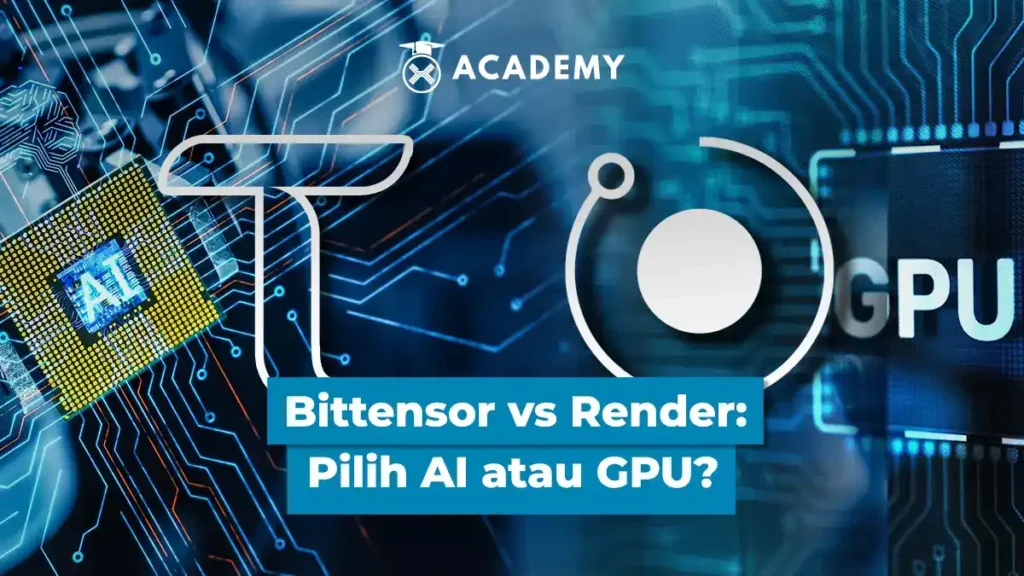
 Polkadot 8.91%
Polkadot 8.91%
 BNB 0.54%
BNB 0.54%
 Solana 4.81%
Solana 4.81%
 Ethereum 2.37%
Ethereum 2.37%
 Cardano 1.35%
Cardano 1.35%
 Polygon Ecosystem Token 2.11%
Polygon Ecosystem Token 2.11%
 Tron 2.85%
Tron 2.85%
 Market
Market
